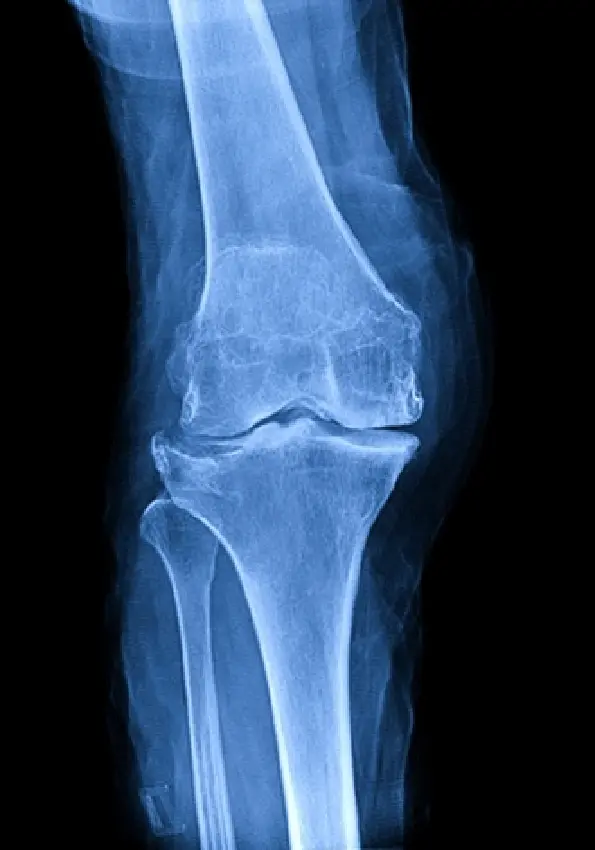Degenerative joint disease, also known as osteoarthritis, is a common condition that affects millions of people worldwide. It is a degenerative condition that affects the joints, causing pain, stiffness, and inflammation. In this article, we will explore what degenerative joint disease is, the joints that can be affected, some of the causes of this condition, the symptoms and problems that it can cause, and the treatment options available, including chiropractic care.
What is Degenerative Joint Disease?
Degenerative joint disease is a chronic condition that causes the cartilage in the joints to wear down over time. Cartilage is the firm, rubbery tissue that cushions the joints and allows them to move smoothly. When this cartilage wears down, the bones in the joints can rub against each other, causing pain, swelling, and stiffness. Degenerative joint disease can affect any joint in the body, but it is most commonly found in the hips, knees, and spine. Other joints that can be affected by this condition include the hands, fingers, shoulders, and ankles.

Causes of Degenerative Joint Disease
The exact cause of degenerative joint disease is unknown, but there are several factors that can increase the risk of developing this condition. These include age, obesity, injury, overuse of the joints, and genetics. People who have a family history of degenerative joint disease are more likely to develop this condition.
Symptoms and Problems Caused by Degenerative Joint Disease
The symptoms of degenerative joint disease can vary depending on the joint that is affected. Common symptoms include pain, stiffness, swelling, and a decrease in range of motion. In severe cases, the joint may become deformed, making it difficult to perform everyday activities such as walking or climbing stairs. This can have a significant impact on a person’s quality of life, making it difficult to perform simple tasks and causing a great deal of pain and discomfort.
Treatment Options for Degenerative Joint Disease
There are several treatment options available for degenerative joint disease. These include over-the-counter pain relievers, prescription medications, physical therapy, and surgery. Due to the fact that this condition is typically long-standing, over-the-counter pain relievers and prescription medications can take a toll on the body. For example, acetaminophen is associated with kidney disease and bleeding in the digestive tract. The medication also has been linked to increased risk of heart attack, stroke and high blood pressure. However, many people are turning to chiropractic care as a non-invasive and cost-effective way to manage their symptoms.
Chiropractic Care for Degenerative Joint Disease
Chiropractic care is a holistic approach to healthcare that focuses on the relationship between the spine and the nervous system. Chiropractors use hands-on spinal manipulation to restore proper alignment to the spine and improve the function of the nervous system. By doing so, they can help to reduce pain, increase range of motion, and improve overall health and well-being.
One of the main benefits of chiropractic care for degenerative joint disease is that it is a non-invasive and drug-free approach to pain management. Unlike medications, which can have side effects and are often addictive, chiropractic care has no side effects and can be used in conjunction with other treatments to provide relief.
Another benefit of chiropractic care for degenerative joint disease is that it is a cost-effective approach to pain management. Compared to surgery or prescription medications, chiropractic care is much less expensive, making it an affordable option for many people.
Chiropractic Care Utilizing Zone Technique for Degenerative Joint Disease
Any Zone Technique healer, including Dr. Post, knows exactly what to do for any condition walking into the office, including degenerative joint disease. Since Zone Technique is able to unlock and unleash the powerful healing ability withing your body, your healing results will be significantly better than any other healing technique available today. Whether you have or someone else you know has been diagnosed with degenerative joint disease, balancing the body by utilizing Zone Technique will heal your body on a very deep level. Zone Technique healing is natural, effective, and permanent so that you will heal completely, function great and no longer have pain. You can be totally healthy again – feeling great and functioning perfectly from head to toe every day of the year!
If you don’t live close enough to see Dr. Post, search for a certified Zone Technique healer closer to you by searching the ZONE TECHNIQUE PRACTITIONER DIRECTORY. You owe it to yourself to take action so that you can heal and feel awesome again.
In conclusion, degenerative joint disease is a common condition that can cause significant pain and discomfort. While there are several treatment options available, chiropractic care is a non-invasive and cost-effective approach to managing the symptoms of this condition. If you are suffering from degenerative joint disease, consider speaking with a chiropractor to learn more about how chiropractic care can help you

